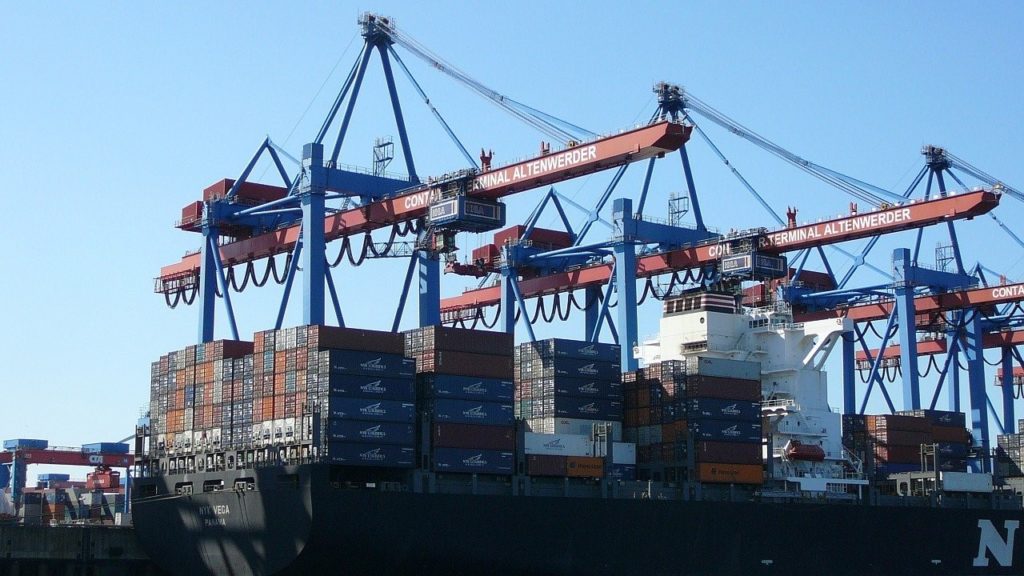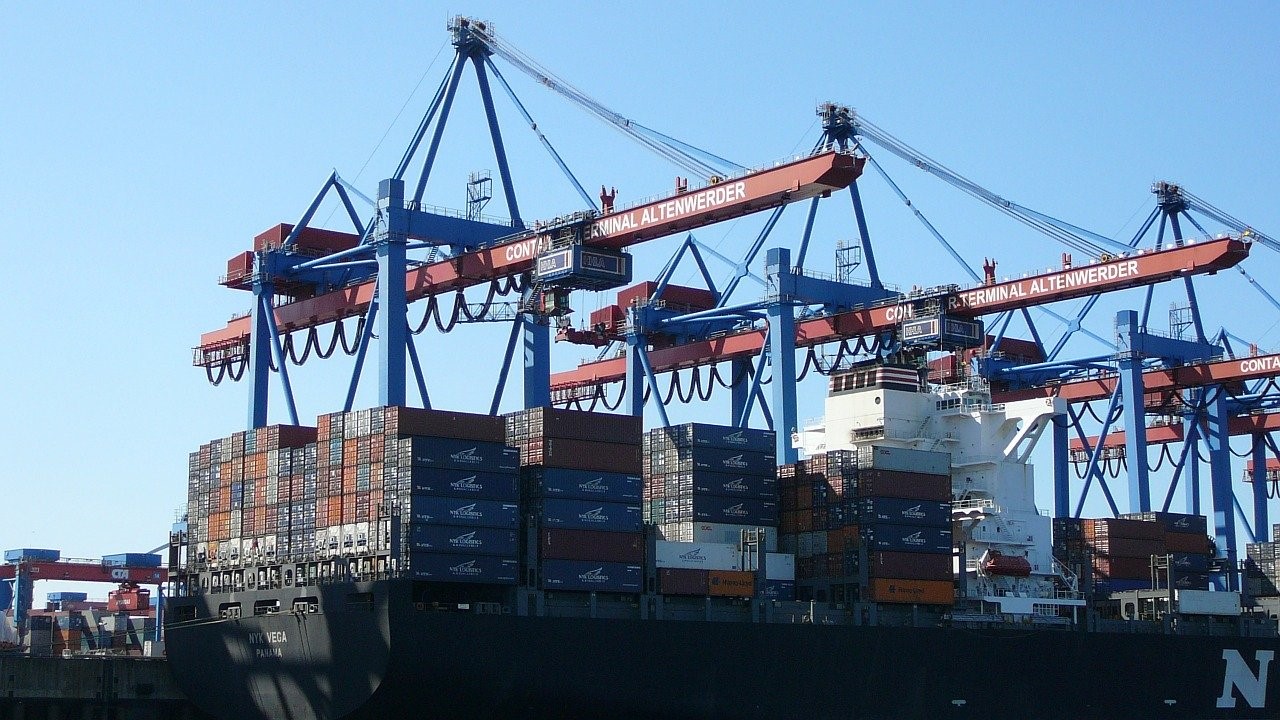Difference between Demurrage and Detention

Estimated reading time: 6 minutes

For those in the business of shipping, delays can be costly. It is common practice for ship-owners to charter vessels in return for freight. When calculating freight, ship-owners take into consideration the period of the charter. Therefore, where a ship-owner has calculated freight based on the time for which the vessel will be in the charterer’s possession and the charterer is then delayed, the owner will lose profit. However, the law provides the ship-owner with a possible remedy.
For a shipper, the words “demurrage” and “detention” both mean the same thing in the end – fees. But these two types of penalties are very different. If the shipper does not have a clear understanding of what the terms mean, it can add up to serious financial losses. Demurrage and detention constitute a complicated field, both from a technical and a legal standpoint. Due to this complexity, demurrage and detention may give rise to many difficulties and frequent disputes. So in order to avoid these disputes, both parties enter into a contract to discuss on details regarding this before-hand. Now let’s discuss the Difference between Demurrage and Detention.
What is Demurrage?
Demurrage fees are defined as “the money payable to the owner for delay for which the owner is not responsible in loading and/or discharging after the laytime has expired.” They are also charged by steamship lines and airlines for the use of their shipping containers. Shippers are allowed a limited number of “free” days – of which the amount of free days varies by carrier and location. Demurrage fees or charges start after they have exhausted their free days. This is to discourage them from using their containers to store shipments.
Typically, demurrage fees increase per day as time passes. The rate usually stays at one level for a number of days and increases every so many days until they are removed from the port, terminal or depot. These charges can really add up, having a sizable impact on your overall freight expenditures. Unfortunately, the shipper is responsible for Demurrage regardless if the delay, in removing their shipment from storage, is caused by them or by some other source.
What is Detention?
Detention fees occur when shipping containers are kept longer than the allowed “free” time outside of the port, terminal or depot. This could be when import shipments are taken to a warehouse to unload or an export shipment is being loaded into the containers.
Detention time is calculated based on when the containers leave the port, terminal or depot through the time they are returned there. Another example detention fees are incurred are when they are waiting at a terminal to pick up a shipment and there are delays due to excessive port congestion. Like demurrage, detention may be caused by circumstances beyond shippers’ control. Regardless, shippers are still responsible for these charges.
How Demurrage and Detention Fees Are Calculated – Example
Demurrage Fees
The discharge of a container takes place on September 1, but the importing freight forwarder, unaware of the arrival of the cargo, only picks it up on September 11. The lay-time of the container in the import terminal is calculated with 11 days.
Assuming that the allowed free-time was 5 days, unexpected demurrage charges for 6 days would be levied by the shipping line. Depending on the agreed rates, the demurrage costs for 6 days easily double the total transportation costs of a container.
Detention Fees
The full container is picked up at the import terminal on September 11. Similar to the first example, the agreed free-time in this case is 5 days. This means, no additional costs incur, as long as the container is returned to the depot until the 16th of September. Beyond this date, a detention fee will be charged for every additional day that the container is out.
In other words, before the full container is picked up, Demurrage is charged (after expiry of free days) and after the container has been picked up, till the time the empty is returned to the lines nominated depot, Detention is charged.
It’s important for the buyer to specify to the shipping line whether they want to be charged detention or demurrage if they are expecting a delay, so that the shipping line can manage its flow of goods. While delay can be expensive for a ship-owner which suffers loss where a charterer delays the loading and discharge operation, a charterer should not have to pay demurrage or detention fee for such delay where it can be proven that it was not at fault. The exact definition of demurrage and detention can vary slightly between shipping lines, so the shipper should research this before-hand in order to understand the nuances.
Furthermore, you can minimise demurrage fees if you plan ahead and dispatch the cargo in advance, as delays are a normal part of this industry. Also, be aware of the port regulations and customs processes and negotiate with your agent accordingly as this will reduce the risk of running additional fees.
Practical A-Z Guide to Laytime & Demurrage is a 3-day training course held from 17-19 August 2020 (Kuala Lumpur), designed to provide insights on how to navigate the complexities of laytime and demurrage for maximum charter party advantage. At the end of the course, shipowners will be able to maximize their collection of demurrage, and charterers will be able to reduce their potential exposure to demurrage claims and save substantial costs.


